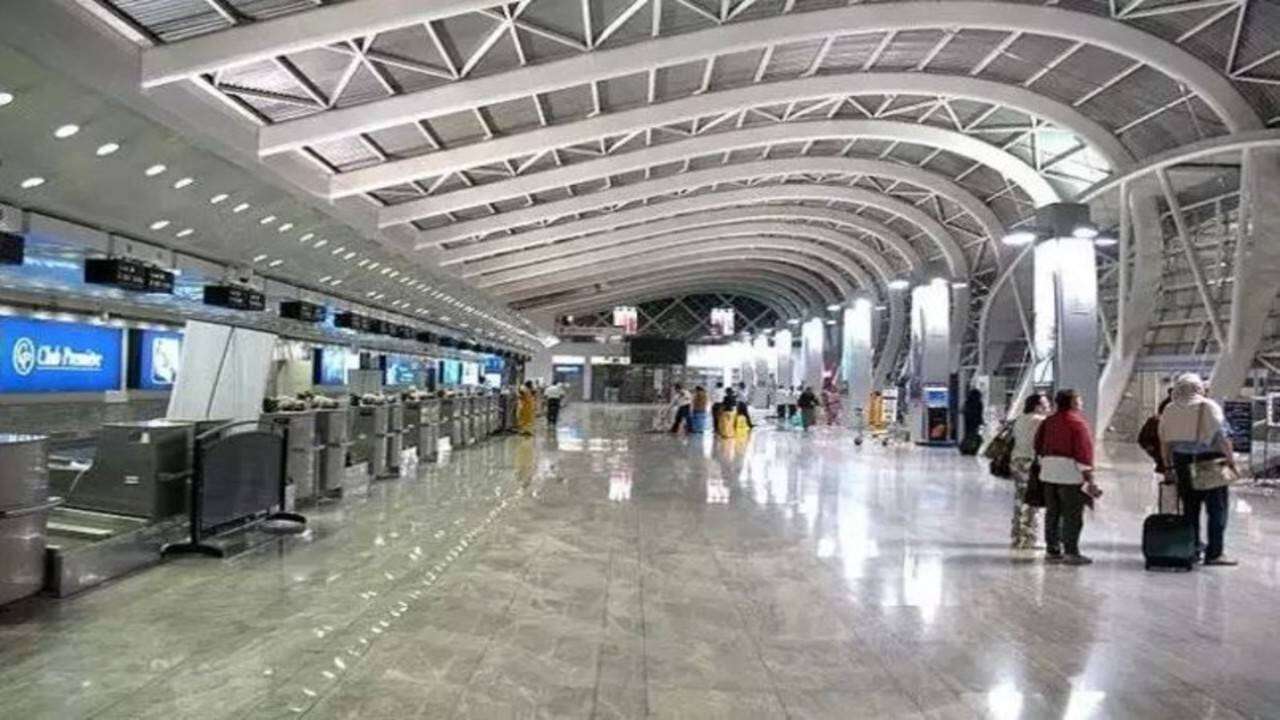If you are planning to visit India for any purpose, you first need to apply for a visa. There are several types of Indian visas and each one has its own requirements. This article will tell you all about the different types of Indian visas and what they entail.
What is a Visa?
A visa is a document that allows a person to enter a country and stay for a certain amount of time. There are many different types of visas, but all of them have one thing in common: they allow the person to legally enter the country. TYPES OF INDIAN VISA
There are three main types of Indian visas: tourist, business, and work visas. A tourist visa is usually for people who are visiting India for vacation or to visit family. A business visa is for people who are coming to India to do business, and a work visa is for people who are coming to India to work.
Each type of Indian visa has its own rules and requirements, so be sure to read the documentation you receive before you travel. There are also some special cases where you may need a separate type of Indian visa, like if you’re traveling as part of an organized tour.
Types of Indian Visas
There are several types of Indian visas, but what’s the difference? Let’s take a look.
The most common type of visa for Indians is the B-2 visa. This type of visa allows holders to visit the United States for business or tourism purposes for up to 90 days. holders must also have a valid passport and proof of invitation from a U.S. company or individual.
Another common type of Indian visa is the H-1B visa. This type of visa allows workers in certain professions, such as technology, engineering, or scientific fields to come to the United States for a period of three years and then apply for an extension. Holders must have a valid passport and be able to provide evidence that they will be working in an appropriate field in the United States. INDIAN VISA TYPES
Finally, there is the J-1 visa, also known as the cultural exchange visa. This type of visa allows students and professionals in related fields to come to the United States for up to six months and study or work here while remaining subject to all immigration laws.
How to Apply for an Indian Visa
There are a few different types of Indian visas that people can apply for. The most common type is the tourist visa, which allows you to visit India for a period of 30 days or less. You can also apply for a business visa if you’re planning to work in India. There are also student visas and employment visas available, both of which allow you to stay in India for an extended period of time. While each type of visa has its own requirements, the application process is relatively simple. Here’s a guide on how to apply for an Indian visa:
1) First, research which type of Indian visa you need. Each type has its own set of requirements and benefits, so it’s important to know what you’re looking for before you start your application.
2) Next, gather all the information necessary for your application. This includes your passport photo ID, your passport copy with Visa Application Form (Form 6A), letters of invitation from friends or family in India if applicable, evidence that you have enough funds to cover your stay and any other documents required by the embassy or consulate where you’re applying.
3) Once you’ve gathered all the necessary information, make an appointment at the embassy or consulate where you plan to apply. Appointments are usually required but can be made online if necessary.
4) Once your appointment is scheduled, bring everything required for your application with you to the appointment. You’ll likely be asked to fill out some paperwork
Pros and Cons of each Indian Visa Type
There are various types of Indian visas that allow you to visit India, depending on your purpose of travel. The most common types of Indian visas are tourist visas, business visas, and student visas. Here’s a breakdown of the pros and cons of each type:
- Tourist Visa: A tourist visa is the most common type of India visa and allows you to stay in India for up to 30 days. The main advantage of a tourist visa is that it doesn’t require you to have an employment or investment in India. However, you must still provide proof of your travel plans and a valid passport.
- Business Visa: A business visa is similar to a tourist visa but allows you to stay in India for up to six months. Unlike a tourist visa, a business visa requires that you have an active business relationship with an Indian company. You’ll also need proof of your business plan and an official letter from your employer confirming that you will be working in India.
- Student Visa: A student visa is unique because it allows you to stay in India for up to twelve months without having to earn any money. To qualify for a student visa, you must be attending an accredited educational institution in India. You’ll also need proof of your enrollment and identification card from your school.
Conclusion
If you’re planning on traveling to India, it’s important to know the different types of visas that are available. This way, you can make an informed decision about which visa is best for your needs and avoid any potential issues during your trip. Our article covers all of the different types of Indian visas and their respective requirements so that you can have a clear understanding of what’s required before making your travel plans.
